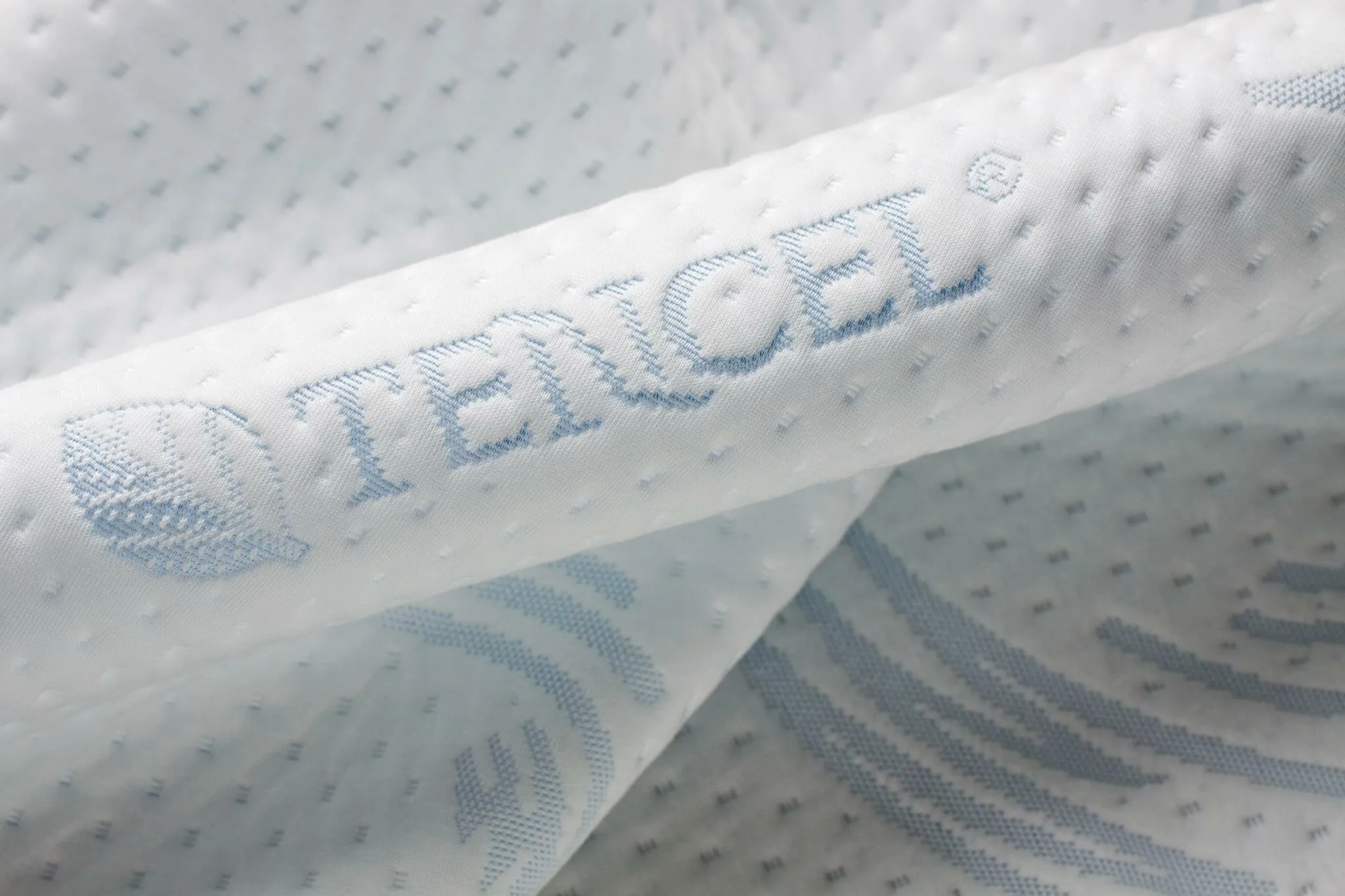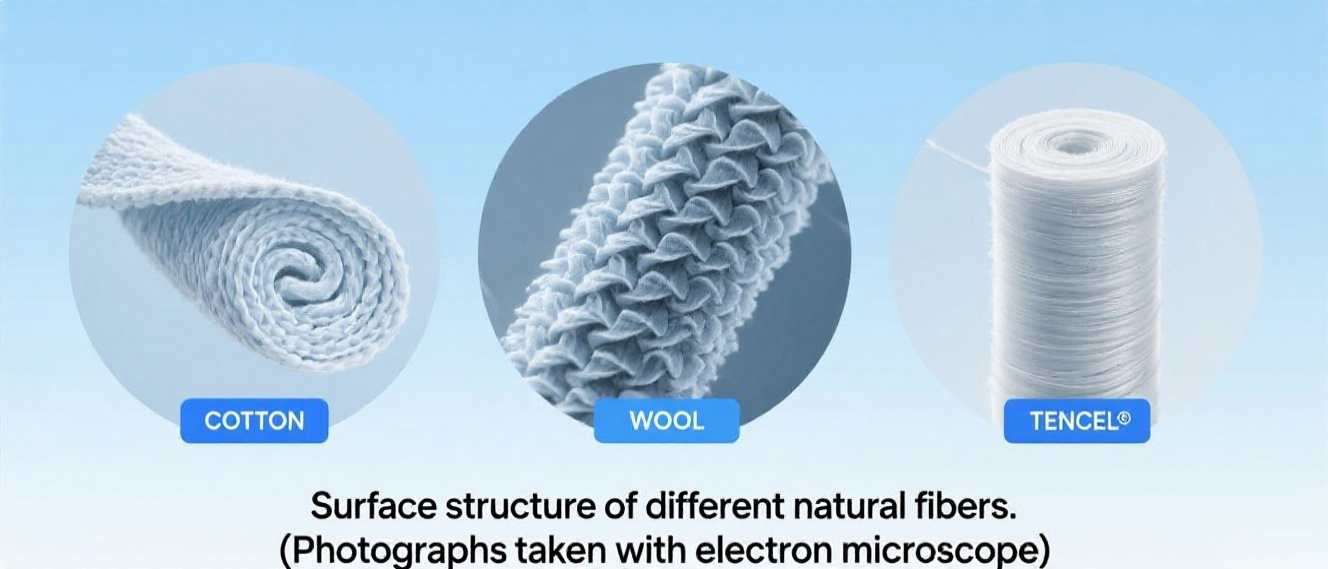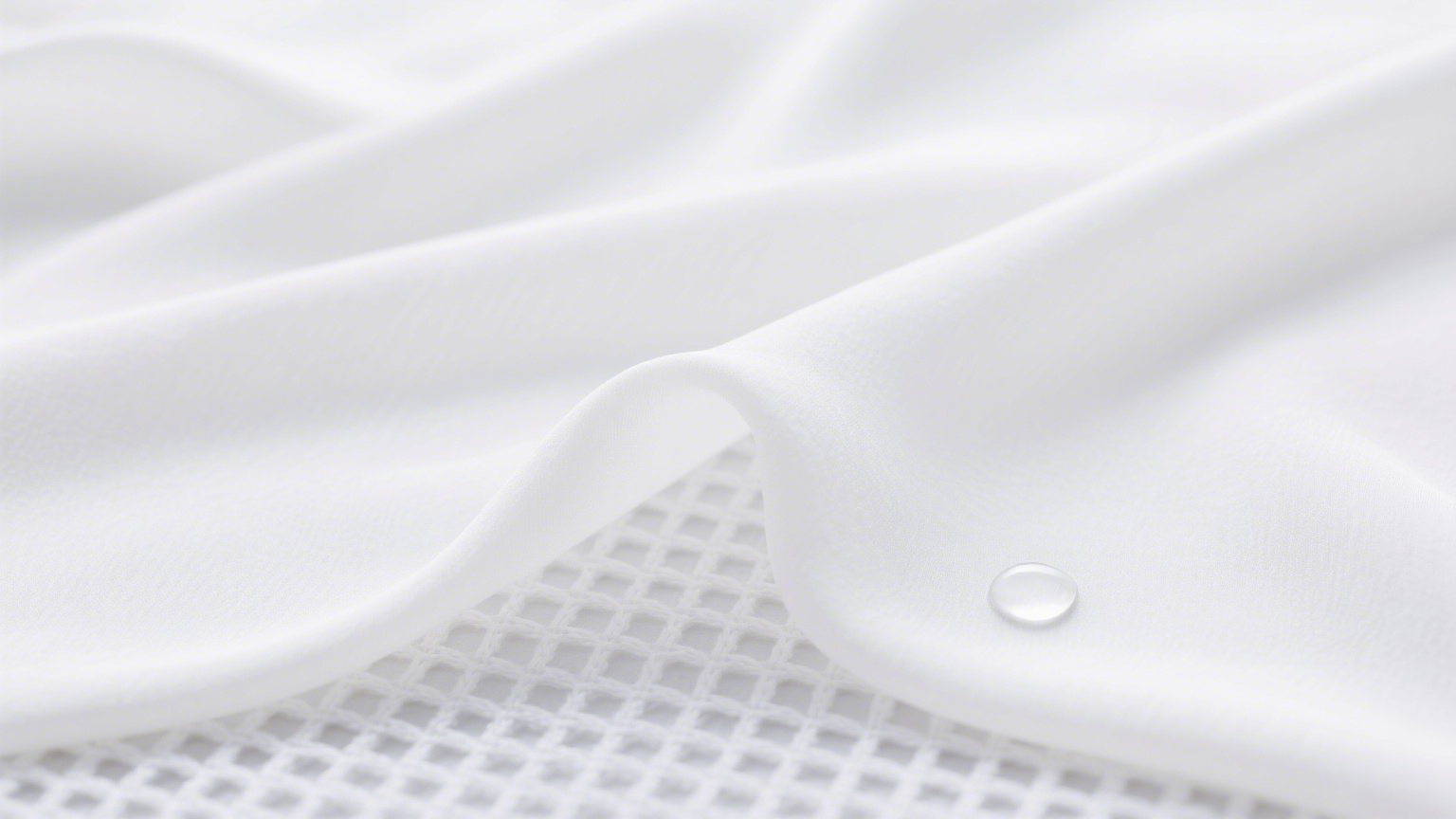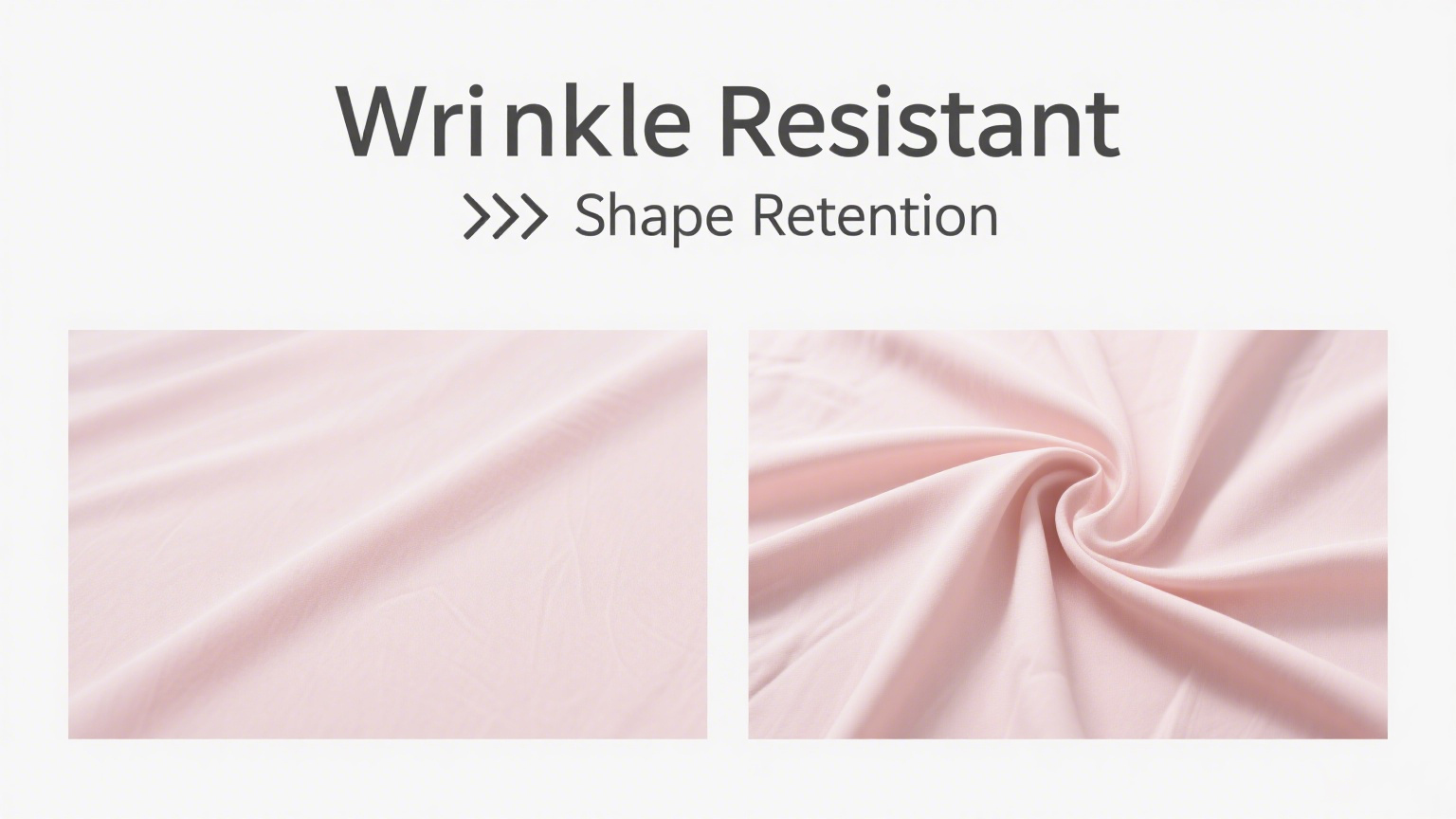“The New Favorite in Fibers”: Why Has Tencel Become the “Hot Commodity” in the Fabric Industry?

In recent years, Tencel (also known as Lyocell in some regions) has surged to fame in the fabric world, winning over fashion brands, eco-conscious consumers, and comfort seekers alike. Its rise isn’t accidental—this fiber checks three key boxes that modern markets crave.
Unmatched Eco-Friendliness: A Win for the Planet
Today’s shoppers and brands prioritize sustainability—and Tencel delivers. Made from renewable wood pulp (sourced from responsibly managed forests, like eucalyptus that needs little water or pesticides), it uses a closed-loop production process. Over 95% of the solvents used to turn pulp into fiber are recycled and reused, cutting down on waste and pollution. Unlike some synthetic fabrics that rely on fossil fuels, Tencel leaves a tiny environmental footprint. For anyone looking to reduce their “fast fashion guilt” or brands aiming for greener credentials, it’s an easy choice.
Superior Comfort: Soft, Breathable, and Skin-Friendly
Comfort is non-negotiable for everyday wear—and Tencel excels here. Its fibers are smooth and lightweight, with natural moisture-wicking properties: they draw sweat away from the skin, keeping you cool in summer and preventing clamminess in winter. Unlike rough natural fabrics (like unprocessed linen) or sticky synthetics (like low-quality polyester), Tencel feels gentle on even sensitive skin. It also resists wrinkles and holds its shape after washes, so you get long-lasting softness without the hassle of high maintenance.
Versatility That Fits Every Lifestyle
Tencel’s adaptability makes it a Swiss Army knife of fabrics. It blends seamlessly with other fibers—cotton for extra durability, linen for a casual texture, or wool for warmth—expanding its use cases. You’ll find it in everything: from cozy loungewear and breathable summer dresses to wrinkle-free work shirts and luxe bed linens. Major brands (from budget retailers to luxury labels) have jumped on board, making Tencel accessible to everyone. No matter if you’re dressing for work, leisure, or sleep, Tencel fits the bill.
Durability That Stands the Test of Time
While many soft, eco-friendly fabrics sacrifice longevity, Tencel breaks the mold. Its fibers have strong tensile strength—meaning they resist tearing and stretching even after repeated washes. Unlike delicate fabrics like silk (which often needs dry cleaning) or thin cotton (which pills easily), Tencel maintains its quality over time: it won’t fade drastically, lose its softness, or shrink unexpectedly (when cared for properly). For consumers tired of replacing “disposable” clothing or brands aiming for long-lasting products, Tencel’s durability is a key selling point.





